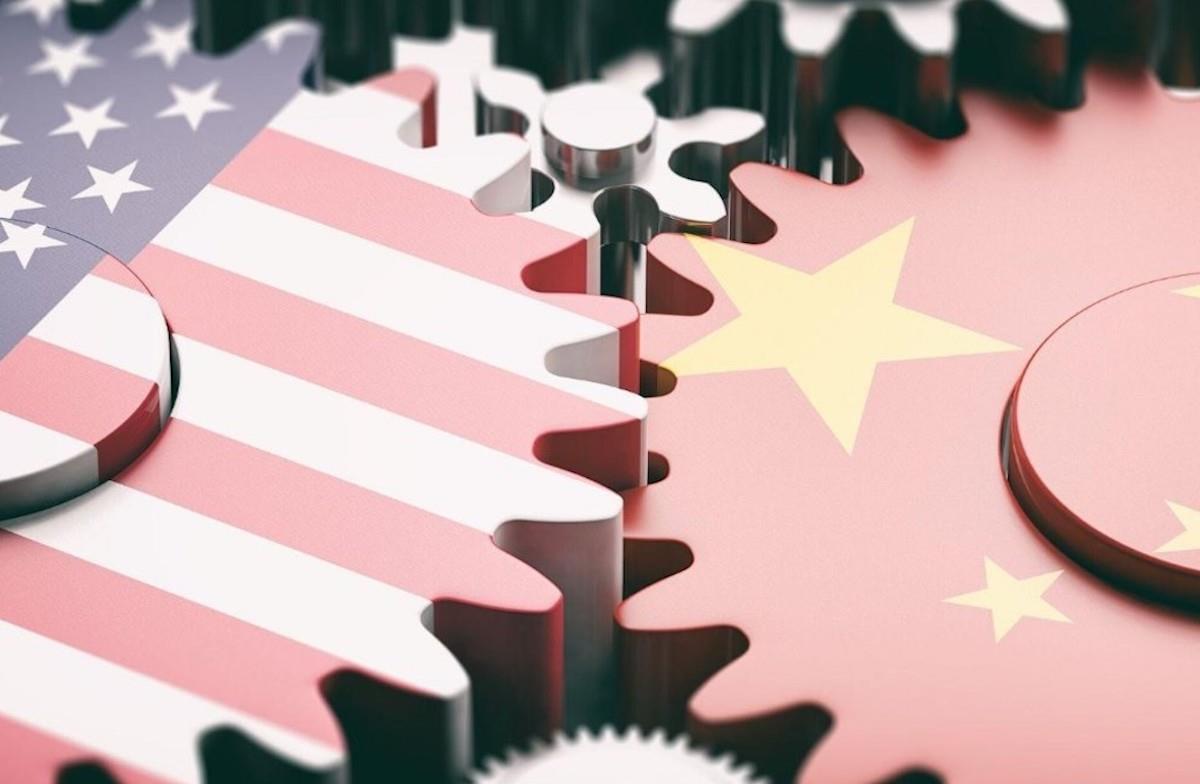
US-China Decoupling Disruption As Opportunity Not Threat
Regardless of the outcome of the next US presidential election, the trajectory remains set. Both major parties have adopted a confrontational stance toward China, framing the relationship as one of rivalry. Tools like tariffs, export controls, and supply chain shifts will continue to be deployed. Decoupling is not just possible; it is inevitable.
This growing rupture carries profound implications, particularly for third-party countries. These nations-ranging from major economies like India and Germany to emerging markets such as Vietnam and Mexico-rely heavily on both the US and China for trade, investment, technology, and security partnerships.
As the world's two largest economies move apart, the question for these countries is not whether they will be affected but how they will navigate the divide.
Together, the US and China account for over 40% of global GDP. Accelerated decoupling could lead to fragmented supply chains, competing technological standards, and separate economic spheres of influence.
For third-party countries, this means higher business costs, reduced global innovation, and altered trade patterns. The pandemic and ongoing trade disputes have already prompted companies to rethink their supply chains; further disruptions are likely in a world divided between the US and China.
This decoupling is unfolding in five distinct and concurrent phases, each presenting challenges and opportunities for third-party nations.
Five decoupling phases to watch 1. Global supply chainsThe first phase-already well underway-involves the realignment of global supply chains. US companies are seeking to reduce over-dependence on China, especially in critical sectors like semiconductors, pharmaceuticals, and consumer electronics.
As a result, countries like Vietnam, Mexico, and India are emerging as alternative manufacturing hubs, attracting investment shifting away from China. For example, Vietnam saw a 10.5% increase in foreign direct investment (FDI) in the first half of 2023, while China's FDI declined by 5.6% during the same period.
This trend underscores Vietnam's potential as a key player in the diversification strategies of multinational companies.

Legal Disclaimer:
MENAFN provides the
information “as is” without warranty of any kind. We do not accept
any responsibility or liability for the accuracy, content, images,
videos, licenses, completeness, legality, or reliability of the information
contained in this article. If you have any complaints or copyright
issues related to this article, kindly contact the provider above.



















Comments
No comment